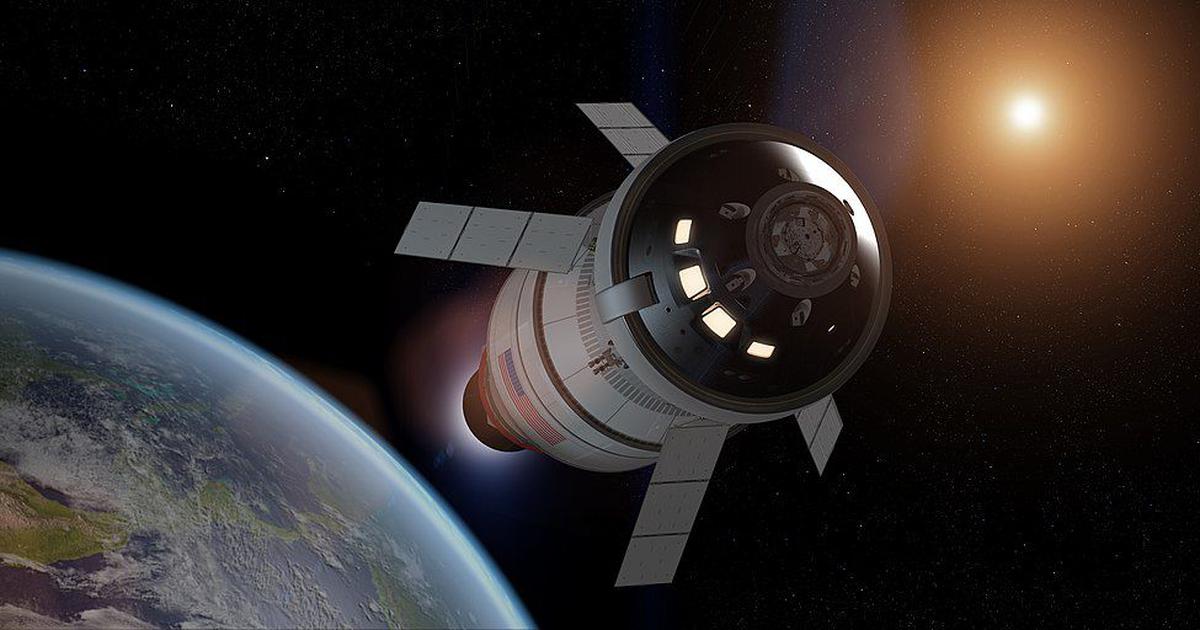
A New Era in Lunar Exploration
India and Japan have officially moved into the design phase of their ambitious joint lunar mission, Chandrayaan-5, also known as LUPEX (Lunar Polar Exploration). A collaborative effort between the Indian Space Research Organisation (ISRO) and the Japan Aerospace Exploration Agency (JAXA), this mission seeks to explore one of the Moon’s most scientifically promising areas — the lunar south pole, in search of water and water-ice deposits.
Expected to launch aboard Japan’s H3 rocket around 2027 or 2028, LUPEX represents a strategic milestone in space exploration and a deepening of Indo-Japanese space cooperation.
What is LUPEX (Chandrayaan-5)?
The LUPEX mission is a follow-up to India’s Chandrayaan-2 and comes in response to the growing interest in utilizing lunar resources to support future human and robotic exploration. Water on the Moon could be a game-changer — used for life support, oxygen, and even rocket fuel.
Key features of LUPEX:
-
Launch Year: Proposed for 2027–28
-
Launch Vehicle: Japan’s H3 rocket
-
Mass: Approx. 6.5 tonnes (including lander and rover)
-
Rover Weight: 350 kg
-
Payload: Seven scientific instruments to detect water, ice, and subsurface composition
-
Landing Site: Lunar south pole – a region permanently shadowed and suspected to host water ice
Entering the Preliminary Design Phase
According to Asoh Dai, LUPEX Project Manager at JAXA, the mission has reached a major milestone. “The instrument selection is complete, and engineering model testing is nearly done. Now, both ISRO and JAXA are entering the preliminary design phase for the lander and rover.”
This phase will focus on finalizing mission architecture, lander stability, communication systems, energy management (especially in extreme cold), and scientific payload integration. It is also when environmental testing conditions are replicated to ensure mission durability on the lunar surface.
The Scientific Quest: Searching for Water on the Moon
At the heart of LUPEX is a critical scientific goal — detecting and analyzing water and water-ice on the Moon. The mission will employ ground-penetrating radar, infrared spectrometers, and thermal imaging tools to identify both surface and subsurface water content.
The lunar poles, particularly the south pole, are considered ideal for such research due to their permanently shadowed craters. These craters never receive sunlight and could have preserved water-ice for billions of years. The discovery of usable water could revolutionize future lunar bases and support NASA’s Artemis program and other international lunar missions.
India-Japan Collaboration: Strength in Synergy
The LUPEX mission is not just a technological breakthrough — it is a symbol of growing space diplomacy between India and Japan. Both countries bring unique strengths to the table:
-
Japan (JAXA): Will provide the lander and launch vehicle (H3 rocket)
-
India (ISRO): Will develop and contribute the rover and scientific payloads
This collaboration is setting a precedent for cost-sharing, technical synergy, and mutual space ambitions in Asia and beyond.
Timeline and What’s Next
-
2025: Design phase and testing
-
2026: Final design review and assembly begins
-
2027–2028: Target launch window aboard Japan’s H3 rocket
-
Post-landing: Lunar surface mission operations, expected to last several months depending on thermal conditions
Paving the Way for Future Lunar Missions
The Chandrayaan-5 / LUPEX mission isn’t just about scientific curiosity — it’s about preparing humanity for a future where the Moon may be a critical hub for deeper space missions. By focusing on water detection, the India-Japan partnership is addressing one of the most vital challenges in space colonization.
As the mission progresses through its development stages, LUPEX stands as a beacon of innovation, cooperation, and discovery in the global space community.